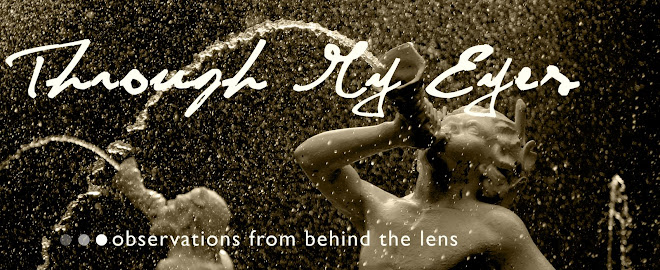By this point in the conversation, I’m staring at this executive as if he’s grown a trombone out of his forehead. Now this company, Music Intelligence Solutions, Inc. (http://www.uplaya.com/index.html), has apparently been at this for a while and has some credibility, including a case study by the Harvard School of Business. But somehow, the musician in me just couldn’t help but react in predictable fashion—computers deciding what songs and what artists are commercially viable instead of people?
Now granted, as a member of a touring cover band that will likely never produce a hit single and never generate revenue from the sales of singles, CD, or EPs, I’m certainly less likely to need the services of a “hit song science” company. But with that disclaimer firmly in place, I still can’t help but consider this product an affront to art. It’s not that I mind entrepreneurship or cutting edge technology. I just have a problem with executives in an office in New York, Los Angeles, or Nashville deciding what gets airplay.
It’s strangely ironic to me that record labels would use technology such as “hit
 song science” when the same companies fought technology in the recent past. Admittedly, outlets such as Napster were more about stealing intellectual property than anything else, but there were some key ingredients the record labels missed. While the record companies pushed album length CD’s, often with two hits and eight songs we would skip past, Napster and contemporaries gave us the ability to get the song we wanted. But at least we can listen to the whole CD if we want; instead of listening to the same ten songs those same suit-clad executives give us on the radio.
song science” when the same companies fought technology in the recent past. Admittedly, outlets such as Napster were more about stealing intellectual property than anything else, but there were some key ingredients the record labels missed. While the record companies pushed album length CD’s, often with two hits and eight songs we would skip past, Napster and contemporaries gave us the ability to get the song we wanted. But at least we can listen to the whole CD if we want; instead of listening to the same ten songs those same suit-clad executives give us on the radio.But Laissez-faire economics came to the rescue again. Companies like iTunes found ways to sell us the songs we wanted and the whole CD at a discount. And artists across the globe used the Internet to bypass traditional record labels and their executives to find airtime elsewhere. And in droves, Americans circumvented increasingly syndicated traditional radio to purchase satellite radio, giving deeper cuts and specialization that record labels couldn’t offer.
History may certainly prove me wrong. Hit song science may discover hundreds of new songs that make for platinum CDs. But for me, I’ll have to stick with a full dance floor and a request for a repeat performance or a business card to gauge whether my music is desirable. I can’t help but wonder what computer algorithms would have thought of the groundbreaking work like the Beatles or Chicago. Would the White Album have been overlooked because it didn’t fit in the same “hit clusters” as the Smother’s Brothers? Hopefully, the hits of tomorrow will be decided by me and the critics who matter—those debating whether to put down that drink and hit the dance floor.




No comments:
Post a Comment